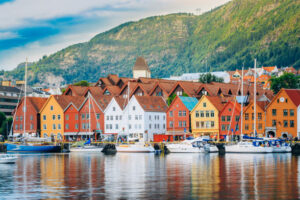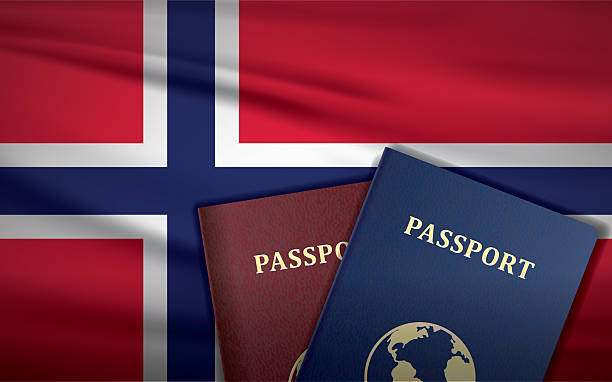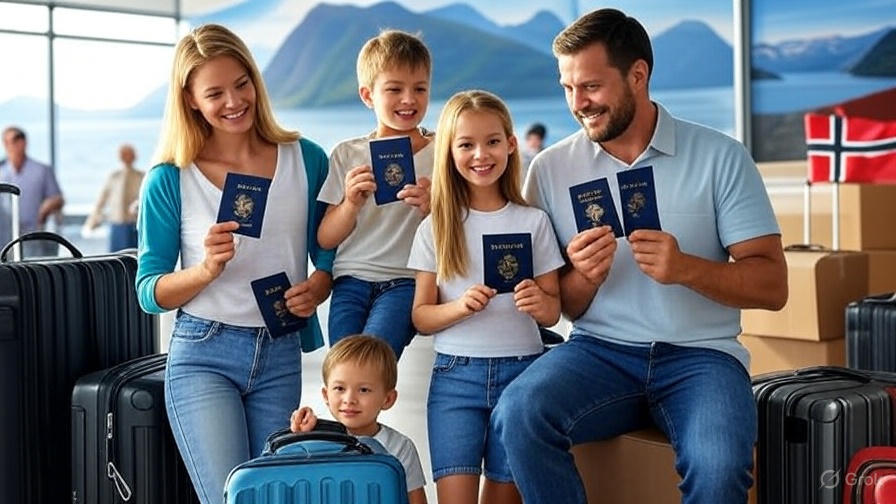When I first started helping people move to Norway, I noticed one thing right away: the excitement of moving here is often matched by the stress of paperwork. Among all the forms, deadlines, and official terms, the one phrase that kept coming up—again and again—was residence permit.
If you’ve already fallen in love with the idea of living in Norway, this is the golden ticket. Without it, you can’t really build a life here. With it, doors open: you can work legally, register for healthcare, sign a lease, or even start thinking long-term about citizenship.
I’ve walked through this process with families, students, and professionals from all over the world, and while the rules themselves don’t change depending on who you are, the experience does. That’s why in this guide I’m not only sharing the “official” steps but also the things I’ve seen trip people up—and how to avoid them.
What Exactly Is a Residence Permit in Norway?
In plain words: if you’re from outside the EU or EEA and want to stay longer than three months, you need a residence permit. For EU/EEA citizens, things are simpler—you just register your stay—but for everyone else, this is your foundation.
There isn’t just one type of permit. There are several, depending on your reason for coming:
- Work permit: for skilled professionals with a job offer.
- Family immigration permit: for those joining a spouse, partner, or children.
- Student permit: for international students admitted to Norwegian institutions.
- Business or self-employed permit: for entrepreneurs or investors.
- Protection/asylum permit: for those who need safety and legal protection.
Each category has its own checklist and requirements. I often tell clients: “Don’t start filling out anything until you’re clear on which permit you actually need.” Mislabeling yourself at this stage is a recipe for delays.

How the Application Process Works (Step by Step)
The process isn’t complicated, but it is unforgiving. Missing a single detail can set you back months. Here’s the roadmap most people follow:
1. Choose the Right Permit
This sounds obvious, but it’s where many people stumble. For instance, I once worked with a software developer who thought he should apply under a student permit because he was coming for training. He actually qualified as a skilled worker. Fixing that saved his case.
2. Collect Documents
This part is tedious, but it’s where most delays come from. You’ll usually need:
- A valid passport (with blank pages)
- Passport-sized photos
- Proof of income (salary or bank funds)
- A job contract, admission letter, or family documents
- Health insurance (in some cases)
💡 Tip from experience: If your documents aren’t in Norwegian or English, don’t assume they’ll be accepted. Certified translations are almost always required.
3. Apply Online via UDI
The Norwegian Directorate of Immigration (UDI) has a portal where everything starts. You fill out forms, pay the fee, and book an appointment.
4. Show Up for Your Appointment
This could be at an embassy abroad or a police station if you’re already in Norway. Bring every single document. I’ve seen people turned away for forgetting a simple photocopy.
5. Wait (Patiently)
Processing times depend on your category. Skilled workers might hear back in 2–3 months, while family immigration can take closer to a year. During this period, it feels like nothing is happening—but behind the scenes, your documents are being verified.
6. Receive Your Decision
If approved, you get a residence card. If denied, you usually have three weeks to appeal. Appeals are worth considering, but they need to be carefully argued.
Challenges People Face
It’s one thing to read the rules; it’s another to go through them. A few common issues I’ve seen:
- Financial proof issues: Students often underestimate how much money they need to show. Right now, the requirement is about NOK 151,690 a year just for living costs.
- Incorrect permit type: As mentioned earlier, this is a classic mistake.
- Missing translations: I once helped a family from Brazil whose documents were all in Portuguese. We had to scramble for certified translations to keep them on track.
- Deadline pressure: Renewals and appeals have very strict cutoffs. A late submission can wipe out months of effort.
What Happens After You Get Approved
Getting the permit doesn’t mean your journey is over. It’s actually the start of real life in Norway. Here’s what you’ll need to do next:
- Apply for a tax card: Required before you can legally start work.
- Get an ID number (fødselsnummer): This opens the door to healthcare, banking, and almost everything else.
- Find housing: In cities like Oslo, competition can be brutal. Some expats use relocation services—like the ones we offer at Pytheas Settling-In Services.
- Register with healthcare: Every resident is entitled to a GP under Norway’s public health system.
Think of this stage as planting roots. Without these, even with a permit, life feels temporary.
Path to Permanent Residence and Citizenship
Most people don’t just want to live here for a year or two—they want stability.
- Permanent residence: Usually possible after three years on a valid permit, provided you’ve taken Norwegian language and social studies courses.
- Citizenship: Typically after eight years of continuous residence, with some flexibility for refugees or spouses of Norwegians.
This is why I always advise clients to think long-term when applying for their first permit. Your choices now can shape your path to citizenship later.
Example Timeline
Here’s how the journey looked for one of my clients, a skilled worker:
- Job offer accepted in January.
- Application submitted in February.
- Appointment at the embassy in March.
- Processing from March to May.
- Permit granted in June.
- Relocation and settling in July.
Seeing it mapped out like this often helps people feel less lost in the process.
FAQs About Residence Permits in Norway
How long does it take to get a residence permit in Norway?
Anywhere from 2 months for skilled workers to 12 months for family immigration.
Can I work while my permit is being processed?
Generally no, unless you’re renewing an existing permit.
Do I need to know Norwegian before applying?
Not for your first permit. But for permanent residence and citizenship, yes.
What if my application is rejected?
You have the right to appeal within 3 weeks. Don’t ignore this option—it can make a difference.
Can I buy property in Norway without a permit?
Yes, but you can’t live here long-term without the right residence permit. Check our home search services if you’re considering buying or renting.
Key Takeaways
- Figure out the right type of permit before you begin.
- Collect your documents carefully—translations matter.
- Expect waiting times that test your patience.
- A residence permit is your gateway to a permanent life in Norway.
Final Thoughts
Applying for a residence permit in Norway is both exciting and stressful. I’ve seen people break down in frustration over missing papers, and I’ve also seen the relief on their faces when that approval finally comes through.
If you’re preparing your move, don’t go at it alone. At Pytheas, we guide people through immigration, family reunification, housing, and settling-in—so the focus stays on building your life, not chasing paperwork.








